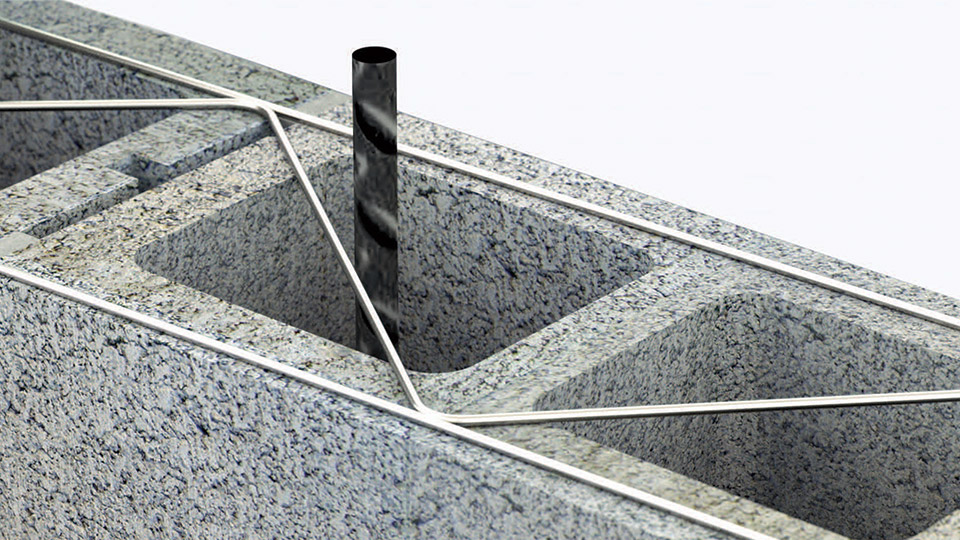
Figure 2: Truss-shaped wire interferes with code-required rebar centering, and may cause grout to hang up on the diagonal wires.
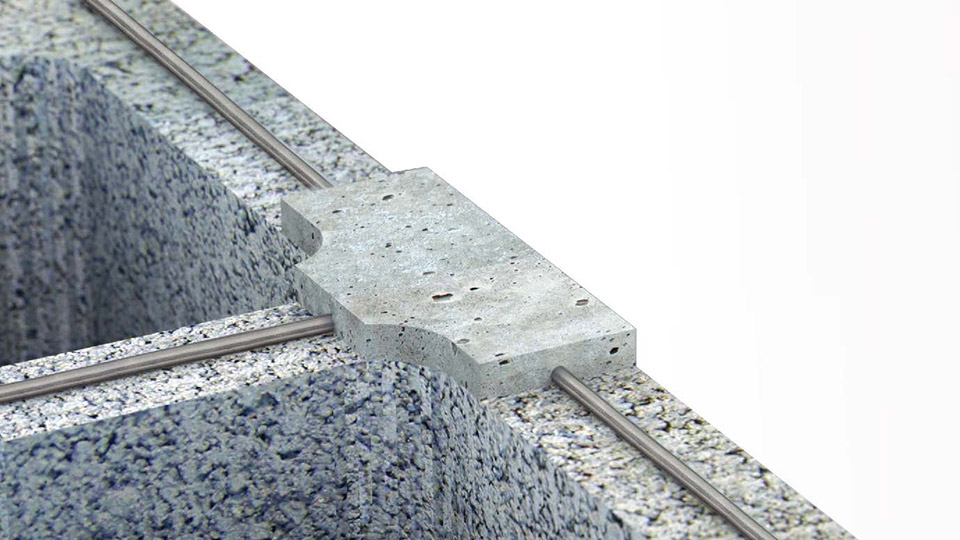
Figure 3: Ladder-shaped wire improves shrinkage control by forming interlocking Ts at cross webs.
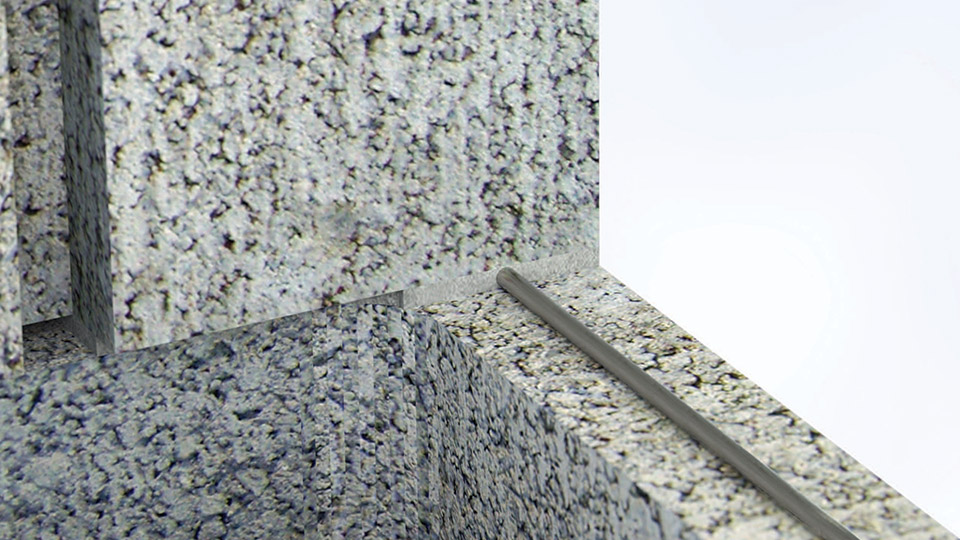
Figure 4: Heavy-duty, 3/16-inch-diameter wire can leave inadequate room for proper mortar coverage. Both the top and bottom of wire could be in direct contact with masonry unit (no mortar coverage).
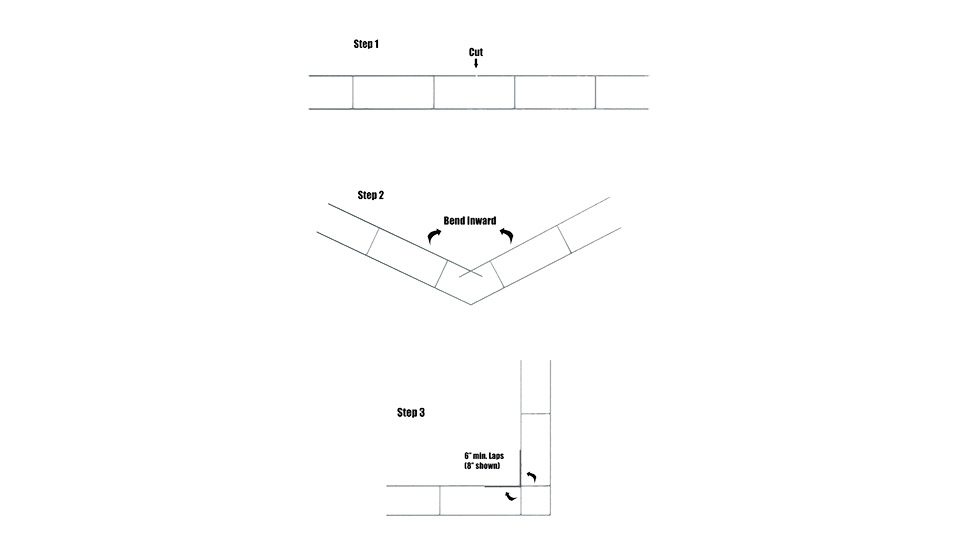
Figure 5: A simple, three-step sequence to field form corners.
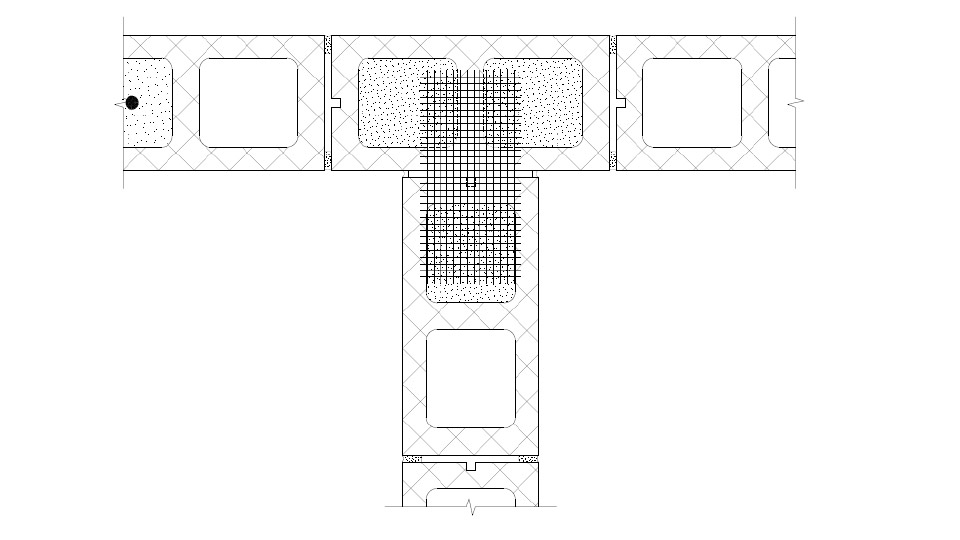
Figure 6: Code-approved mesh ties are safe, economical and readily available.
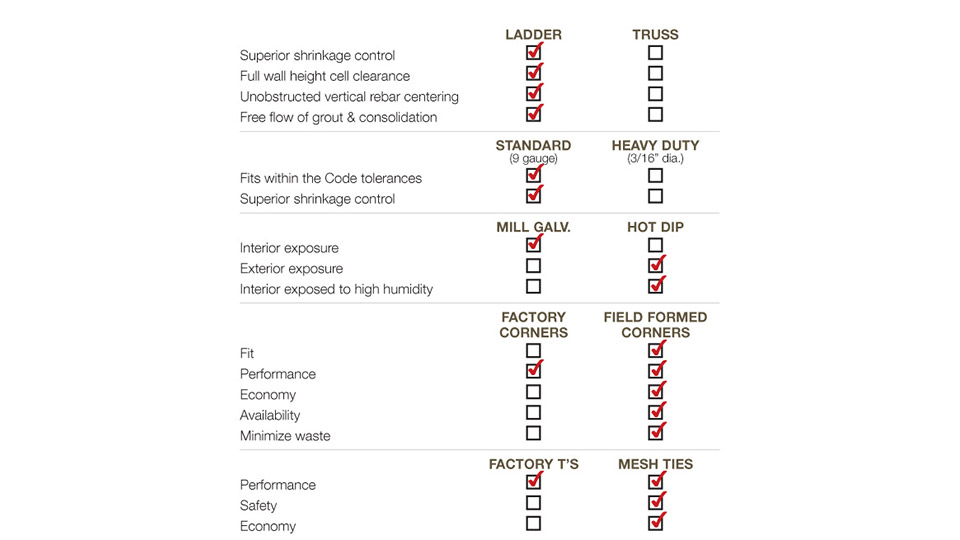
Figure 7: This guide outlines joint reinforcement selection.
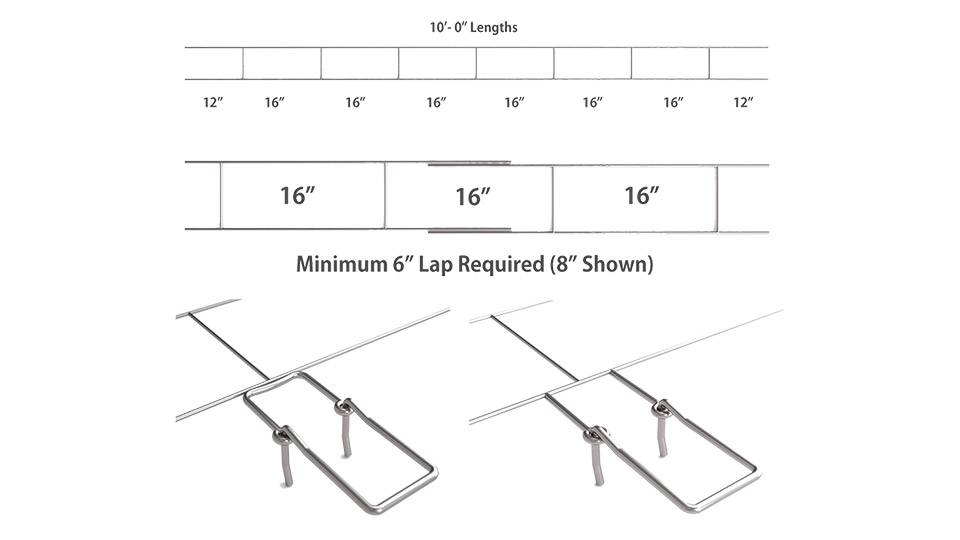
Figure 8: Ladder-shaped wire, code-required minimum lap, and butt-welded adjustable eye options are shown here.